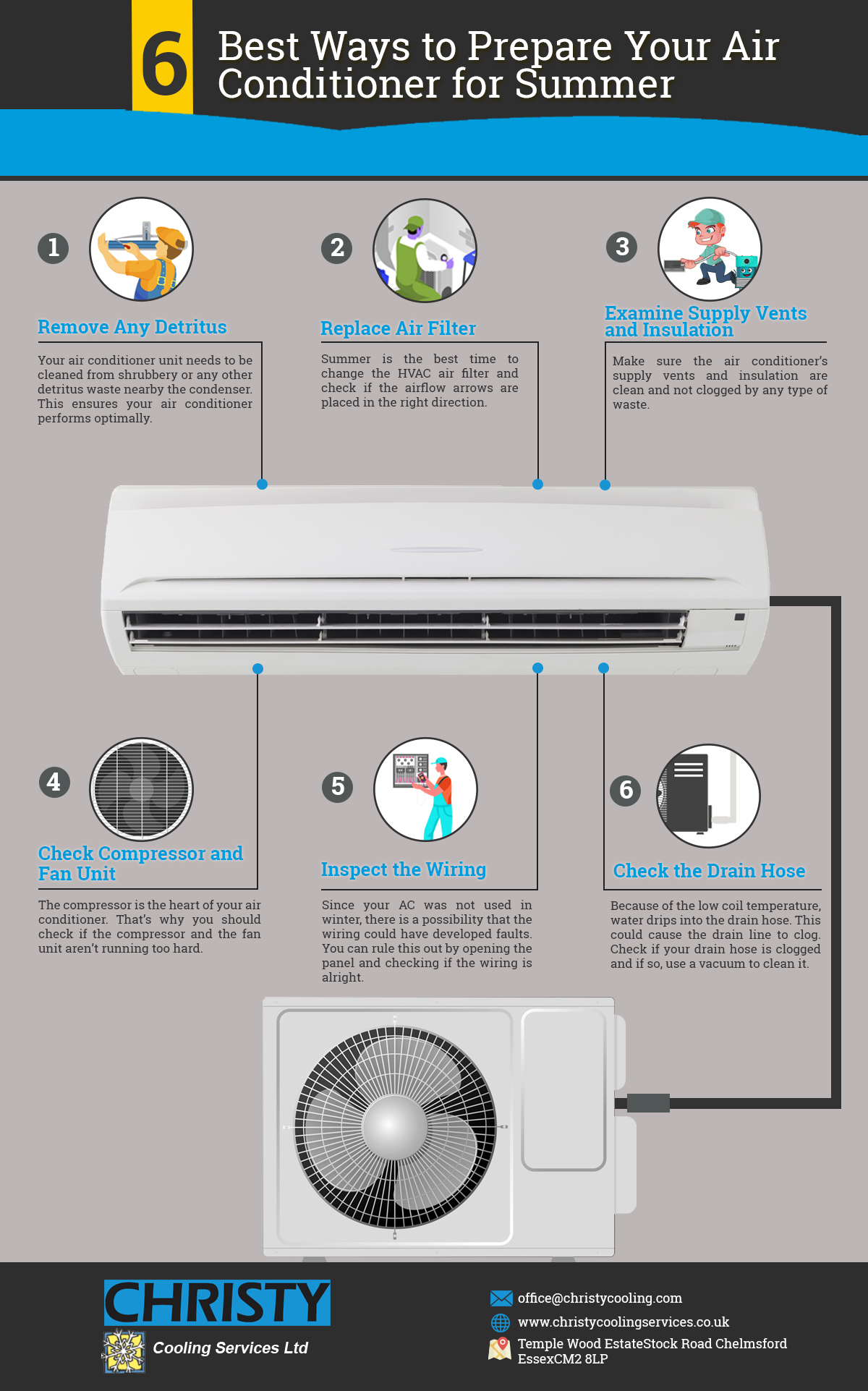Comprehensive Overview To Getting Your Home Ready For Heat Pump Setup
Comprehensive Overview To Getting Your Home Ready For Heat Pump Setup
Blog Article
Written By- Get More Information
Before the heatpump installment starts, you require to guarantee your home is ready for the process. Clearing up the area, examining the electrical configuration, and ensuring appropriate ventilation are critical steps to take. By complying with these preliminary preparations, you set the stage for a successful setup. However what about the finer details that can make a significant distinction in the efficiency and longevity of your heatpump system? Let's discover the subtleties that can raise your home's preparedness for this vital upgrade.
Clearing Up the Setup Area
Prior to the heatpump installment can start, it's essential to get rid of the assigned area thoroughly. Beginning by eliminating any kind of particles, clutter, or challenges that might impede the installation process. This includes furnishings, designs, and any other items that could hinder. See to it the path to the setup site is clear for the installers to relocate equipment and products conveniently.
Next, ensure that the location around the designated installation spot is tidy and devoid of any kind of dirt, dust, or various other materials that could influence the heatpump's performance. Move or vacuum cleaner the location to develop a tidy work area for the installation group.
Additionally, consider giving very easy accessibility to the setup location by clearing a course from the entrance of your home to the setup spot.
Assessing Electrical System
Assessing the electrical system is a crucial step prior to waging the heat pump installation. Begin by inspecting if your home's electrical panel can sustain the extra lots a heatpump will certainly call for. Make sure there are enough readily available circuits to accommodate the heatpump which they satisfy the supplier's requirements. It's important to have a committed circuit for the heatpump to prevent overloading and potential risks. If your electric system needs upgrading, speak to a professional electrician to make the required adjustments.
Inspect the circuitry in your house to guarantee it's up to code and can manage the needs of the new heatpump. Watch out for any kind of frayed cables, loose connections, or signs of wear that might posture a security threat. Confirm that the electrical outlets near the installment area are grounded and in good condition. If any kind of concerns are found, have them resolved quickly by a certified electrician.
Correct assessment and maintenance of your electric system will make certain a risk-free and effective heatpump installment procedure.
Ensuring Appropriate Ventilation
To make certain an effective heat pump installation, it's important to focus on correct air flow in your house. Ample air flow helps the heat pump operate successfully and prevents air quality issues.
Prior to setup, check that all vents and duct are clean and unhampered. Cleaning these locations guarantees that air can flow easily, maximizing the effectiveness of your new heat pump system.
Furthermore, take into visit the following website of the heat pump unit itself. It should have sufficient room around it to permit proper airflow. Correct air flow not just improves the heat pump's efficiency however likewise helps keep a healthy indoor setting.
If required, speak with a specialist to analyze your home's air flow demands and make any type of necessary modifications. By ensuring correct air flow, you're setting the stage for a seamless heatpump installment process and optimum efficiency of your new system.
Final thought
Now that you have actually cleared the installment area, examined the electric system, and made sure appropriate air flow, your home awaits a smooth heat pump installment. By taking these steps, you have actually set the stage for an efficient and successful procedure. Take pleasure in the benefits of a new heat pump system in your home, understanding that you have actually prepared your room for optimal performance.
